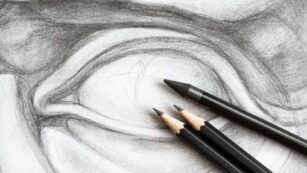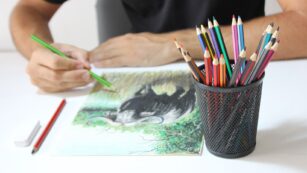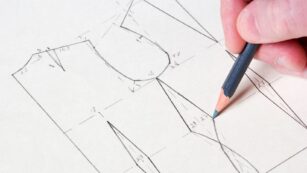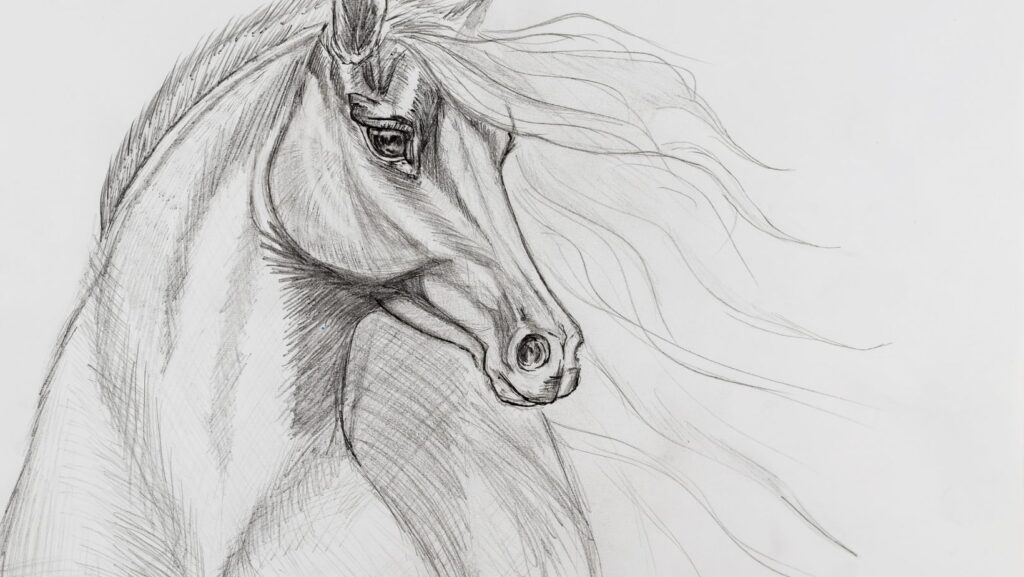In the world of art, pencil drawings hold a timeless allure that captivates both creators and admirers alike. With just a simple pencil, artists can bring to life intricate details and subtle nuances that evoke powerful emotions and personal growth. The versatility of pencil drawings allows for a range of styles, from delicate sketches to bold, expressive illustrations, making them a favorite medium for both beginners and seasoned artists.
Pencil drawings offer a unique blend of precision and spontaneity, enabling artists to explore various techniques and textures. This art form’s accessibility and affordability make it an ideal starting point for those looking to hone their skills or express their creativity without the need for elaborate tools. As digital art continues to rise, the tactile experience of pencil drawings remains a cherished practice, connecting artists to a rich tradition of craftsmanship and personal expression.
Pencil:f9kdhkibbmm= Drawings
 Pencil:f9kdhkibbmm= drawings offer a unique art form that merges traditional techniques with contemporary approaches. Artists use these drawings to explore textures and gradients, leveraging the pencil’s versatility for varied creation styles. From hyper-realistic portraits capturing every minute detail to abstract compositions emphasizing form and shade, pencil:f9kdhkibbmm= drawings cater to diverse artistic preferences. Techniques such as hatching and cross-hatching are common, allowing artists to develop depth and dimension.
Pencil:f9kdhkibbmm= drawings offer a unique art form that merges traditional techniques with contemporary approaches. Artists use these drawings to explore textures and gradients, leveraging the pencil’s versatility for varied creation styles. From hyper-realistic portraits capturing every minute detail to abstract compositions emphasizing form and shade, pencil:f9kdhkibbmm= drawings cater to diverse artistic preferences. Techniques such as hatching and cross-hatching are common, allowing artists to develop depth and dimension.
In pencil:f9kdhkibbmm= drawings, the medium provides a tactile experience often absent in digital formats. The physical interaction with paper and the pencil’s pressure sensitivity deliver a tangible connection between the artist and their work. Artists often appreciate how the pencil’s erasability contributes to the creative process, allowing for adjustments and experimentation. This results in drawings that are both thoughtful and spontaneous.
Key Features of Pencil:f9kdhkibbmm= Drawings
Unmatched Precision and Detail
 Pencil drawings excel in capturing precision and intricate detail. Artists can create fine lines and subtle shadings, producing high-resolution images. This precision allows detailed representations of subjects, making it a favored medium for realistic works. Techniques like stippling and contour drawing enhance this capability, providing artists with tools to refine their artistry.
Pencil drawings excel in capturing precision and intricate detail. Artists can create fine lines and subtle shadings, producing high-resolution images. This precision allows detailed representations of subjects, making it a favored medium for realistic works. Techniques like stippling and contour drawing enhance this capability, providing artists with tools to refine their artistry.
The versatility of pencil drawings spans a wide spectrum of artistic styles. Artists can utilize pencils for expressive line drawings or meticulous hyper-realistic art. The medium supports various techniques such as blending and layering, adapting to an artist’s style whether it leans towards surrealism or classicism. This adaptability ensures that pencil remains a vital tool in both traditional and contemporary art arenas.
Benefits of Using Pencil:f9kdhkibbmm= Drawings
Ideal for Sketching and Fine Art
 Pencil drawings excel in capturing the essence of both sketching and fine art. Artists easily translate initial ideas onto paper using pencils, making them perfect for preliminary sketches. The precision they offer enables detailed fine art creation, allowing artists to produce intricate work. Techniques like shading and blending give depth and realism to artworks, bridging the gap between simple sketches and detailed portraits.
Pencil drawings excel in capturing the essence of both sketching and fine art. Artists easily translate initial ideas onto paper using pencils, making them perfect for preliminary sketches. The precision they offer enables detailed fine art creation, allowing artists to produce intricate work. Techniques like shading and blending give depth and realism to artworks, bridging the gap between simple sketches and detailed portraits.
Pencil drawings are a cost-effective option for artists. Pencils and paper are widely available and affordable, making this medium accessible to individuals at various skill levels. Beginners benefit from experimenting without significant financial burden, while experienced artists appreciate the simplicity and availability of materials. This accessibility encourages continued artistic exploration and development.
Comparing Pencil:f9kdhkibbmm= to Other Drawing Tools
 Pencil:f9kdhkibbmm= offers unique advantages compared to other drawing tools. Colored pencils, for example, provide vibrant hues but lack the subtlety and precision of graphite pencils. They can’t match the nuanced shading required for hyper-realistic art. Pens, while excellent for permanent lines and bold illustrations, don’t allow for erasure and adjustments, which are critical for evolving artworks. Markers provide solid, saturated color but are less suitable for intricate details due to their broad tips.
Pencil:f9kdhkibbmm= offers unique advantages compared to other drawing tools. Colored pencils, for example, provide vibrant hues but lack the subtlety and precision of graphite pencils. They can’t match the nuanced shading required for hyper-realistic art. Pens, while excellent for permanent lines and bold illustrations, don’t allow for erasure and adjustments, which are critical for evolving artworks. Markers provide solid, saturated color but are less suitable for intricate details due to their broad tips.
Charcoal shares some resemblance with Pencil:f9kdhkibbmm= in terms of texture but often results in messier applications and requires fixatives to prevent smudging. Unlike pencils, charcoal’s inherent messiness limits its practicality when creating detailed work. Pastels offer a soft texture but similarly lack the fine control and ease of correction available to pencil users.
Digital drawing tools introduce an array of features, including limitless color palettes and comprehensive editing options. However, they sometimes replace the tactile engagement and immediate feedback associated with traditional drawing methods.
